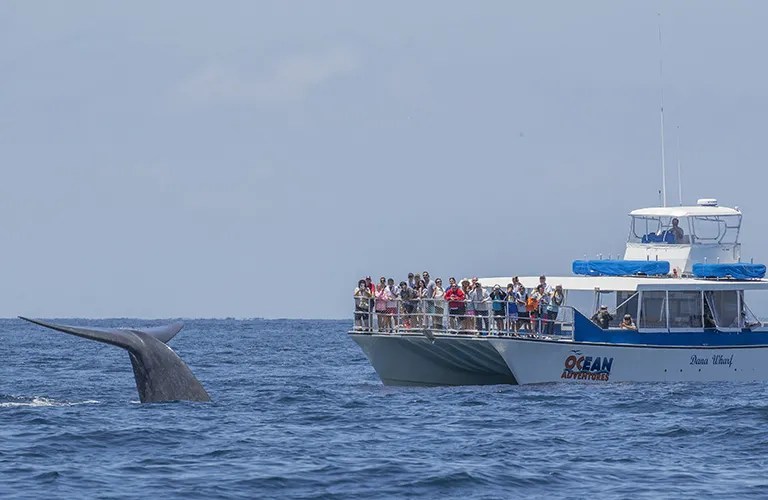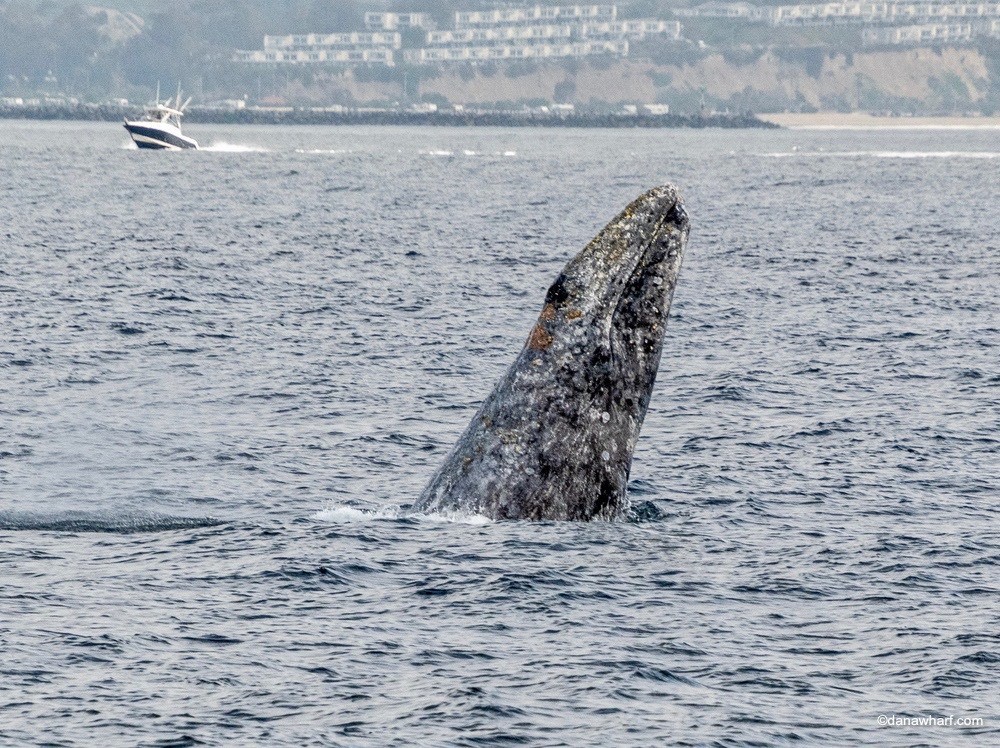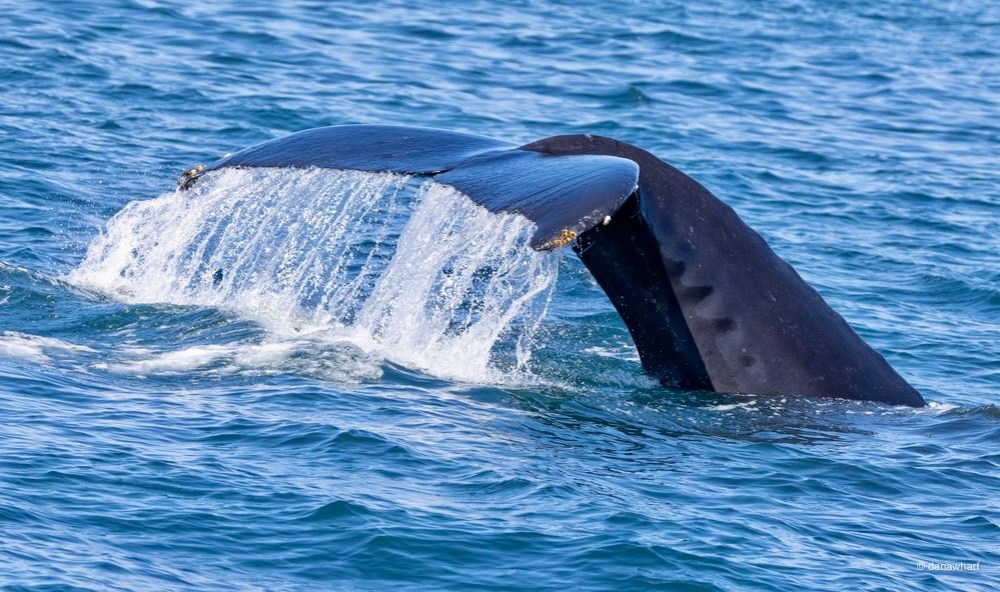What is the best time to go whale watching in southern california?

Southern California’s stunning coastline is not only a scenic getaway—it’s also one of the best places in the world to experience whale watching. Every year, several species of whales migrate along the coast, offering unforgettable opportunities to see these majestic marine mammals in the wild.
Whether you’re a visitor or a local, timing your trip right can make all the difference. In this guide, we’ll explore the best times of year to go whale watching in Southern California, which species you can expect to see, and a few tips to help you get the most out of your experience on the water.
Whale Migration
The best time to go whale watching in Southern California is during the annual gray whale migration. Each year, thousands of gray whales make their journey from the cold waters of Alaska to the warm lagoons of Baja California, Mexico, where they breed and give birth, before returning north. This migration typically occurs between December and April but can start as early as November, with peak sightings in January and February. During this window, it’s common to see gray whales traveling close to shore, offering excellent viewing opportunities from both land and boat tours along the coast.
Dana Wharf Whale Watching

One of the best places to go whale watching in southern California is at Dana Wharf Whale Watching in Dana Point. This company has been offering whale watching tours for over 45 years and has a 95% success rate in spotting whales. They offer daily tours during the peak migration season and have knowledgeable and experienced captains and crew members who can provide information and answer any questions you may have.
Coastal Views
Aside from the opportunity to see whales, the coastal views in southern California are breathtaking. The rugged cliffs, sandy beaches, and crystal blue waters make for a picturesque backdrop for your whale watching adventure. Be sure to bring a camera to capture the stunning views and any whale sightings.
Weather and Sea Conditions
When planning your whale watching trip in Southern California, it’s important to factor in the weather and ocean conditions. While the region is known for its mild, sunny climate, checking the marine forecast before heading out is always a smart move. Rough seas and high winds can make for a less enjoyable—and bumpier—ride, potentially limiting visibility and sightings. If you’re prone to seasickness, consider taking preventative measures like motion sickness medication before boarding. Choosing a calm, clear day not only improves comfort but also increases your chances of a successful and memorable whale watching experience.
Time of Day

The best time of day for whale watching can vary depending on the species you’re hoping to see. Gray whales are often more active and visible in the morning hours, while humpback whales tend to surface more frequently in the afternoon. Conditions can also change with the weather and tides, so it’s always a good idea to check with your tour operator for their expert recommendation on the ideal departure time.
In conclusion, the prime time for whale watching in Southern California is during the gray whale migration from December through April. For one of the best experiences, consider booking a tour with Dana Wharf Whale Watching in Dana Point—a renowned whale-watching destination and the first Whale Heritage Site in the U.S. With its stunning coastal scenery and reliable marine activity, it’s the perfect place to witness these gentle giants in their natural habitat.
Bring your camera, dress in layers, and get ready for a whale watching adventure you won’t forget.
